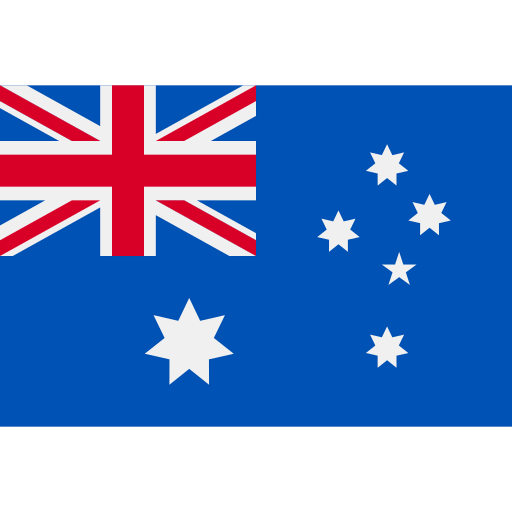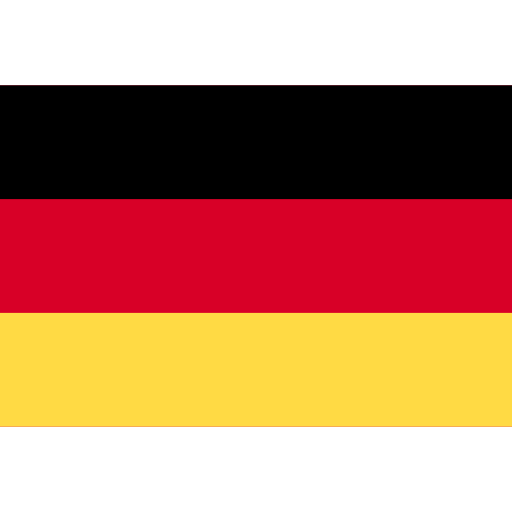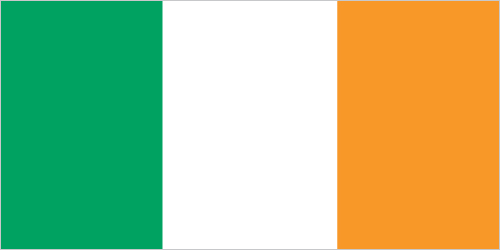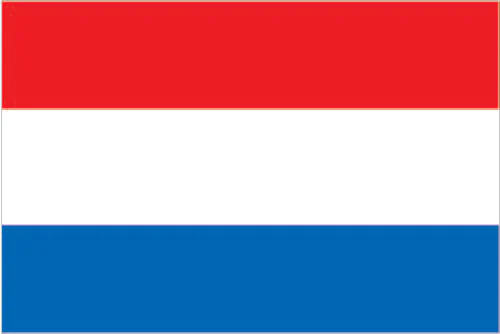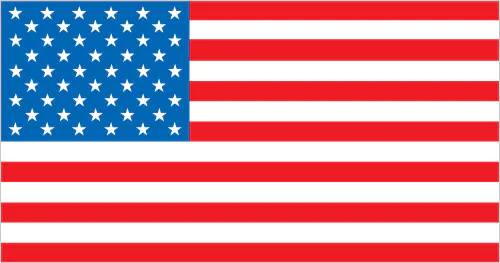More than 90% cost savings could be possible from using distributed ledger technology to handle authoritative digital original documents
We spoke to BACB’s new Money Laundering Reporting Officer on the new risks when combating fraud, and the role new technologies can play in fighting financial crime.
Your Monday morning coffee briefing from TFG. In the UK, over 40% of the population have received at least one vaccine dose. This compares to the US (24%), Italy (9%), Spain (9%) and France (9%). The UK government borrowed £19.1bn last month, the highest February borrowing since records began in 1993. Debt rose to £2.13tn, and consumer confidence rose to its highest level since last March.
Documentary credits are one of the oldest, most sophisticated, and safest payment instruments used in international trade.
In a year that shook the foundation of trade, these innovators rose to the challenge and helped the industry to digitalise
A three pillar approach to achieving a more sustainable and inclusive future for global trade
How effective technology and financing can bring international shipping into the twenty-first century
Comprehensive and accessible data can empower stakeholders when it comes to going green
MLETER demands both verification and data privacy, trace:original may offer the answer.
Trade credit insurance remains critical in the economic recovery from the COVID-19 pandemic. Here’s why.


